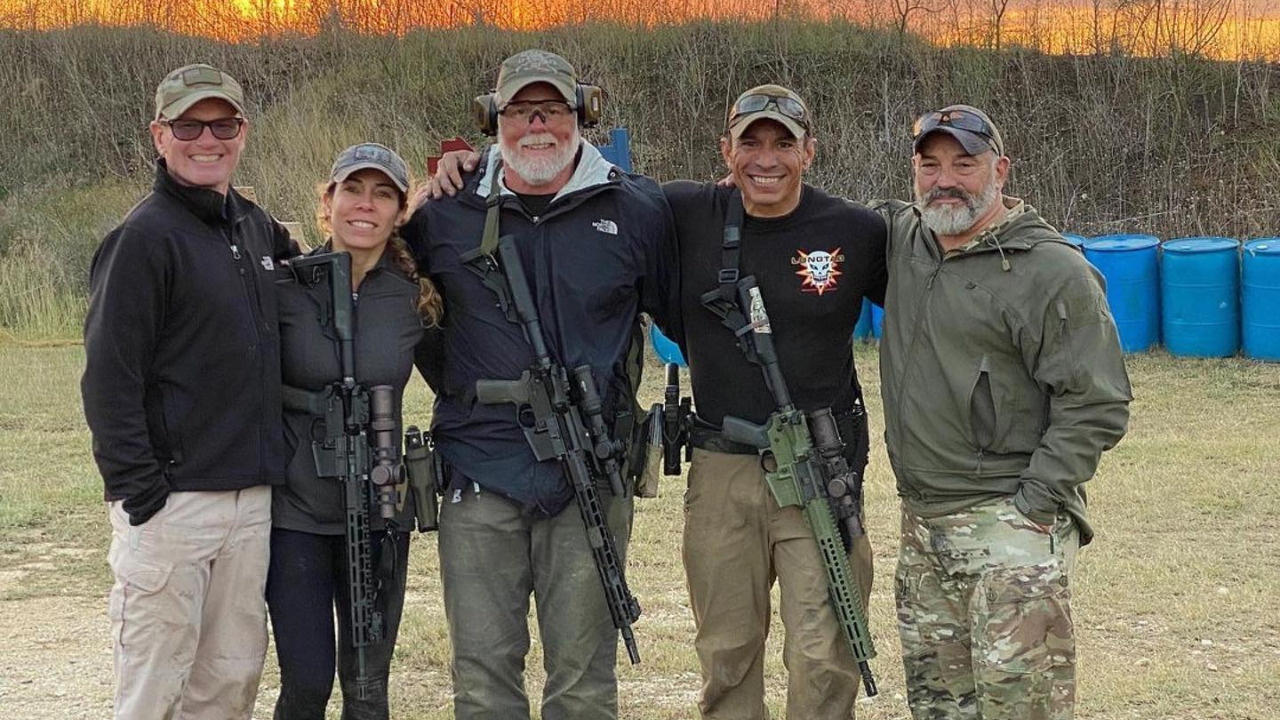CLICK HERE FOR PART 1
Firearms Competition as a Training Tool (Part Two)
In the previous article many of the merits of utilizing firearms competition as a training tool, such as the opportunity to experience induced stress while shooting, increasing speed and accuracy as well as incorporating movement into the equation were discussed.
Shooting from longer ranges than those utilized in standard Police Pistol Combat (PPC) courses is advantageous to members of law enforcement and the military. The PPC course begins at the one yard line and progresses to the barricade position at the 25 yard line. This is more than adequate as most law enforcement lethal force encounters occur at close range. Match shooting may double this distance.
The US Army considers 50 yards to be the maximum effective range of a handgun. That is the distance at which the average shooter will hit a motionless man sized target with 50 percent of the rounds fired. Obviously, competition expectations are far more stringent; requiring the competitor to become a much better shooter.
The confidence gained from the knowledge that one is capable of effectively engaging targets at that distance is invaluable to law enforcement officers and members of the military. For civilians who hold concealed carry permits this is of little practical importance as the necessity to legally engage targets at that distance would be extremely rare. For them, training time and ammunition might be better utilized elsewhere.
There are some disadvantages to pursuing firearms competition as a training methodology. Competition motivates the competitor to win. This is not in itself problematic; however matches may dictate that a competitor abandon battlefield proven tactics in order to “win.”
The standard law enforcement practice of rolling out from behind cover and firing one or at most two rounds and returning to cover is abandoned by the NRA Action Pistol (Binachi Cup) course. There, the competitor is required to draw and fire a barrage of six rounds in five seconds from the barricade. While this builds both speed and accuracy, few law enforcement firearms instructors would advocate exposing yourself for five seconds, an eternity when an adversary is shooting back.
At an IDPA match, a competitor remarked at the high degree of realism afforded by the scenario in which a police officer stormed a house and confronted multiple armed subjects in several rooms.
He looked very hurt when informed that in the real world this was a SWAT operation. One cop would never assault a home containing multiple suspects by himself; much less continue to engage targets in room after room once he initially took fire. Even more telling was the range officer who asked “What police department are you with?” after another competitor actually used cover and engaged the targets without exposing himself to them. He was made as a cop because none of the other competitors used the cover; they did not employ proper tactics out of ignorance or because they were not rewarded with match points for doing so. Utilization of tactics slowed them down and they were simply trying to “win.” That sort of “winning” can be deadly in an actual lethal force encounter.
Yoshimoto, Spotter Up writer practicing
Jon Dufresne, Spotter Up writer practicing


